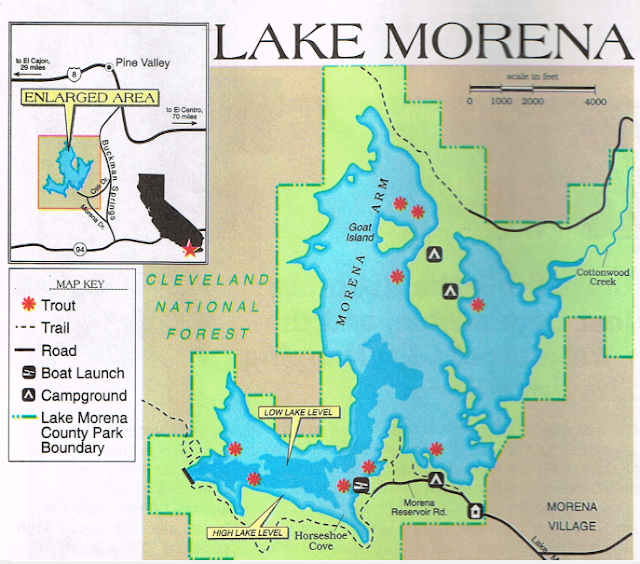Visited on 9/21/2018, Jeff and I loaded up our dogs, Summer and Skye for a day adventure to the back country of Yosemite National Park. We visited three lakes, two actually located within the National Park boundary and one in the adjacent Stanislaus National Forest of Northern California. Hetch Hetchy was our first stop. Just inside the Yosemite National Park boundary on the northwestern corner of the Park lies the beautiful and scenic Hetch Hetchy Reservoir. The reservoir is located at 3,783 feet above sea level and is 1,200 acres in size and has a depth of 1,800 feet. Hetch Hetchy is actually the name of a valley, a reservoir and a water system in California. The glacial Hetch Hetchy Valley lies in the northwestern part of Yosemite National Park and is drained by the Tuolumne River. For thousands of years before the arrival of settlers from the United States in the 1850s, the valley was inhabited by Native Americans who practiced subsistence hunting-gathering. During the late 19th century, the valley was renowned for its natural beauty – often compared to that of Yosemite Valley – but also targeted for the development of water supply for irrigation and municipal interests. John Muir, the founder and first President of the Sierra Club fought long and hard to keep this valley from being flooded, but ultimately lost the battle because of water demands for a growing City of San Francisco and the bay area.
In 1923, the
O'Shaughnessy Dam was completed on the Tuolumne River, flooding the entire
valley under the Hetch Hetchy Reservoir. The dam and reservoir are the
centerpiece of the Hetch Hetchy Project, which in 1934 began to deliver water
167 miles west to San Francisco and its client municipalities in the greater
San Francisco Bay Area.





































